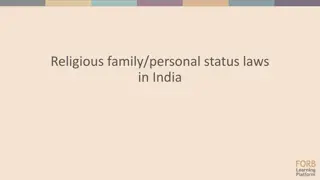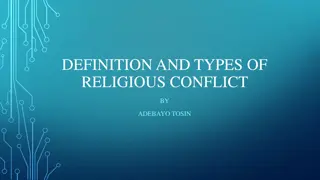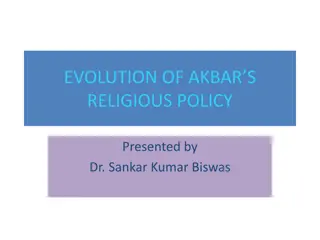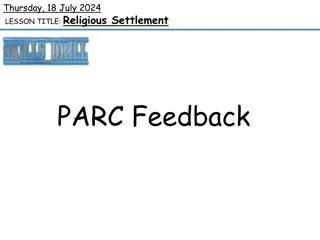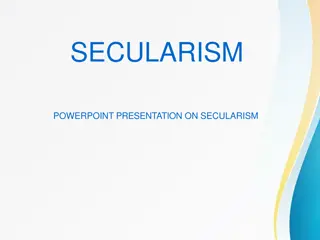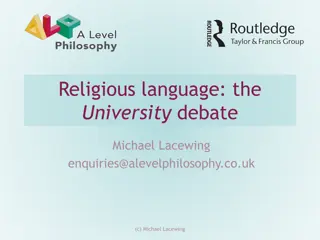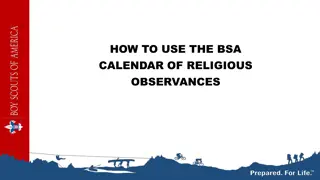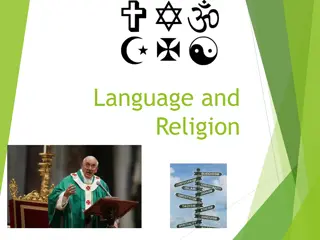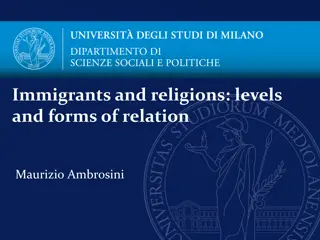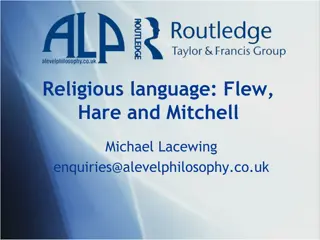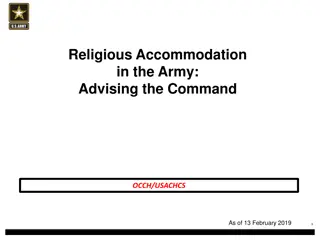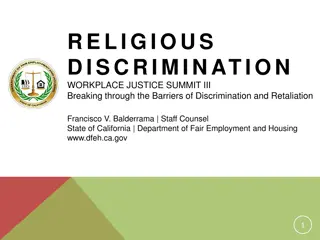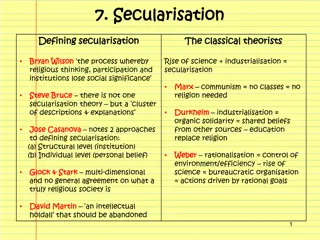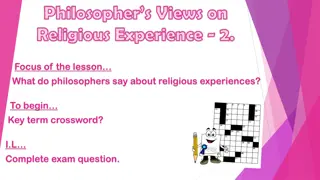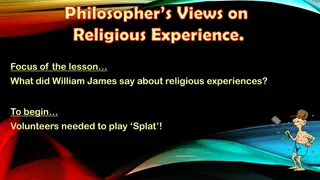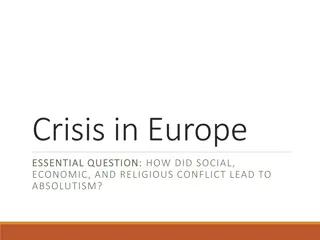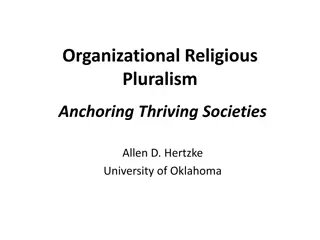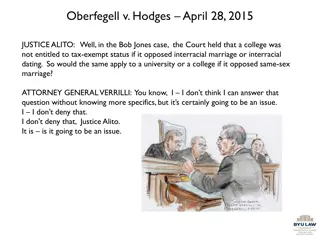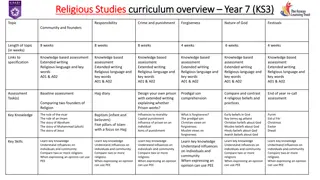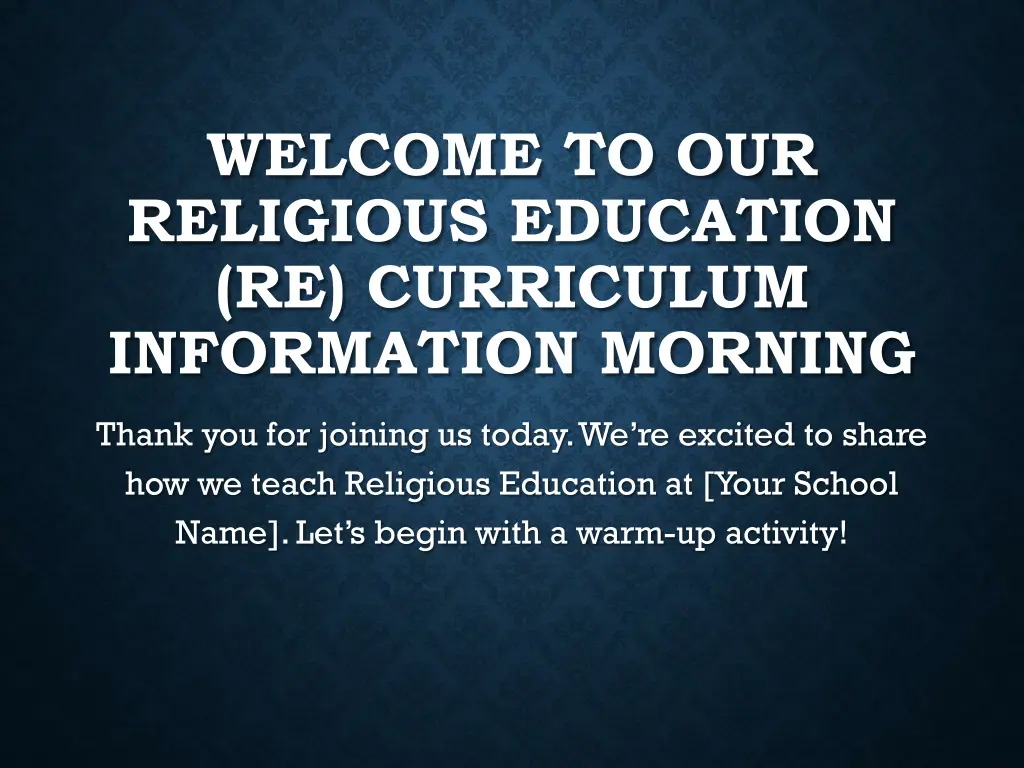
Explore Religious Education Curriculum: A Holistic Approach at [Your School Name]
Discover how Religious Education (RE) at [Your School Name] aims to foster understanding, respect, and curiosity among students. Explore the purpose, skills, and strands of the RE curriculum, emphasizing empathy, critical thinking, and reflection.
Download Presentation

Please find below an Image/Link to download the presentation.
The content on the website is provided AS IS for your information and personal use only. It may not be sold, licensed, or shared on other websites without obtaining consent from the author. If you encounter any issues during the download, it is possible that the publisher has removed the file from their server.
You are allowed to download the files provided on this website for personal or commercial use, subject to the condition that they are used lawfully. All files are the property of their respective owners.
The content on the website is provided AS IS for your information and personal use only. It may not be sold, licensed, or shared on other websites without obtaining consent from the author.
E N D
Presentation Transcript
WELCOME TO OUR RELIGIOUS EDUCATION (RE) CURRICULUM INFORMATION MORNING Thank you for joining us today. We re excited to share how we teach Religious Education at [Your School Name]. Let s begin with a warm-up activity!
WARM-UP ACTIVITY RE ICEBREAKER Pair up with another parent. Discuss this question for 3 minutes: "What is the purpose of Religious Education for children?" Share key ideas with the group.
WHY LEARN ABOUT RELIGIONS AND WORLDVIEWS? RE helps children: - Understand beliefs and values of others - Develop empathy and respect - Make sense of the world - Reflect on their own values and identity - Live well in a diverse society
asking thoughtful questions and weighing different viewpoints. KEY SKILLS DEVELOPED THROUGH RE Children develop: - Critical thinking- asking thoughtful questions and weighing different viewpoints. - Empathy and respect - seeing the world from others perspectives. - Communication - expressing ideas clearly through discussion, writing, and creative work. - Reflection - considering big life questions and personal beliefs. - Enquiry and investigation - investigating practices, texts, and traditions across faiths.
OUR RE CURRICULUM AN OVERVIEW We follow the Tower Hamlets SACRE Agreed Syllabus. RE is taught across all year groups. We help children develop understanding, respect, and curiosity.
AIMS OF OUR RE CURRICULUM We aim to help children: - Explore religious and non-religious worldviews - Develop understanding and respect - Reflect on their own ideas and values - Engage with big questions about life
THE THREE STRANDS OF RE 1. Believing (Theology) What do people believe and why? 2. Expressing (Human and Social Sciences) - How do beliefs impact the way people live? 3. Living (Philosophy) - How do we make sense of life and its big questions?
WHAT IS THE BIG QUESTION APPROACH? Each unit is based on a 'Big Question'. Encourages deep thinking. Examples: -What does it mean to belong? -Why do some people believe in God? - How do festivals show what is important?
SAMPLE RE UNIT YEAR 4 Big Question: What makes a place sacred? Children explore sacred buildings and practices in different faiths. They may visit places of worship or build models in class.
INTERACTIVE ACTIVITY YOU TRY IT! In groups, come up with your own 'Big Question' for children to explore in RE. Think about what sparks curiosity. Share with the group!
HOW WE TEACH RE We use: - Stories, artefacts, music, drama -Visits and guest speakers - Art, poetry, reflection - Discussion and creative expression
HOW YOU CAN SUPPORT AT HOME Talk about RE topics with your child. Encourage curiosity and open-mindedness. Share your own experiences. Visit cultural sites or read stories together.
QUESTIONS & FEEDBACK Open floor for questions. Leave feedback on slips or sticky notes.
THANK YOU! Thank you for being part of this morning. We value your partnership.

